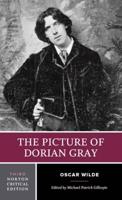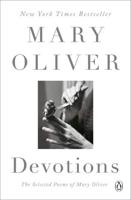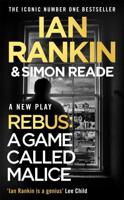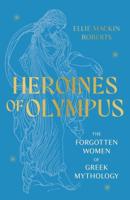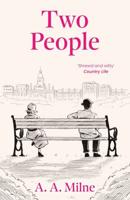Publisher's Synopsis
The original whodunits were the locked room mysteries, a sub-genre of the detective mystery in which a crime is committed-almost always murder- in a location that no intruder could have entered or left, e.g., a locked room. There have been many ingenious twists on the motif since it first flourished in the late 1890s and early 1900s, as can be seen in the classic collection that makes up British Mystery Multipacks Volume 8 - Locked Room Mysteries:
The Big Bow Mystery by Israel Zangwill
Regarded as the first full-length locked room mystery, the novel focuses on a murder that has occurred inside a locked room, with no clear indication as to the weapon used, the perpetrator of the horrendous crime, or a possible escape route.
The Four Just Men by Edgar Wallace
The dead body of a politician is discovered in a room, locked from within and protected from without. The room is empty of all but the murdered man and even upon finding the corpse, it cannot be determined what the man died of.
The Invisible Man and The Wrong Shape by G. K. Chesterton
From Chesterton's first Father Brown collection, The Innocence of Father Brown, comes two whodunits best described as locked-room detective cozy mysteries!
The Valley of Fear by Arthur Conan Doyle
The fourth and final Sherlock Holmes mystery is one of Doyle's finest. A man is shot with a sawed-off shotgun and disfigured beyond recognition in an impregnable castle, to which the only entrance is sealed. There is a trail of bewildering clues-raincoats, dumbbells, a missing wedding ring-and a gripping backstory of a cult that terrorized a valley in the American West.
The Doomdorf Mystery by Melville Davisson Post
Guest American author Melville Post's best-known character is the mystery-solving, justice dispensing West Virginian backwoodsman, Uncle Abner. The 22 Uncle Abner tales, written between 1911 and 1928, have been called some of "the finest mysteries ever written." The Doomdorf Mystery is one of the best.

